Been There, Done That, Bought the Politicians: Toyota Falls Out of Love With US Production
Yesterday’s Wall Street Journal reported that Toyota executives have put the brakes on their American manufacturing plans. This rapid retrenchment comes against a backdrop of seemingly relentless growth in Toyota's U.S. market share. Sales of the Kentucky-built Camry are so high that Toyota is paying Subaru to build the model in Indiana. Thanks to generous incentives, the Texas-built Toyota Tundra pickup truck is keeping pace with the company’s ambitious targets. And just a few days ago, Toyota passed Chevy to become America’s top-selling automotive brand. So what’s up with the slow down?
First up: union troubles. Earlier this year, employees at the aforementioned Kentucky production plant unearthed a ToMoCo memo outlining plans to reduce wages and benefits in accordance with local compensation. The United Auto Workers (UAW) smelled blood. The union held “town hall” meetings and set up a “worker’s rights board” to “hear personal stories of Toyota workers and recommend appropriate remedies when necessary.”
In theory, the numbers favor the UAW. At Toyota’s Tundra plant in San Antonio, unskilled workers earn about $15 per hour, increasing to about $21 per hour after three years. Workers at Toyota’s new Tupelo, Mississippi plant will start at around $12 per hour, increasing to some $20 per hour after three years. If you include benefits (not an apples to apples comparison but there you go), the average Big 2.8 worker earns roughly $73 per hour.
In practice, Toyota pays bonuses to achieve parity with industry norms. And yet, as the leaked memo revealed, the wages they are a changin’. Toyota will now cap new hires’ salaries at 50 percent above the average local wage. That may seem generous, but Toyota understands the seductive power of union-inspired greed aspirations. And they know that a UAW stronghold in Georgetown would put them on a slippery slope to widespread unionization.
Toyota is also extremely concerned about its declining product quality. The company’s rep rests on the bedrock of reliability, which has been shaken by massive product recalls. The world’s largest automaker has more faith in its Japanese factories’ abilities to right that wrong than its American equivalents’.
This belief is NOT an ethnocentric condemnation of America’s autoworkers. It reflects the importance of experience and geography.
For largely political reasons, ToMoCo has spread its production facilities right across the North American landscape: Alabama, California, Indiana, Kentucky, Ontario, Mississippi, Missouri, Texas, Tijuana, Victoria and West Virginia. Back in Japan, the automaker clusters its factories in and around Toyota City (twinned with Detroit ‘natch).
While Toyota Motor North American Inc. has done a bang-up job mastering its long supply lines, it’s an expensive business prone to “complications” and “misunderstandings.” In contrast, Toyota’s Japanese centralization and the company’s longstanding relationships with its key domestic suppliers give the manufacturing mothership a distinct edge in quality and flexibility. At the risk of stoking xenophobic flames, an American-made Lexus flagship or Prius still seems… unlikely.
And then there’s the yen. Currency manipulation or no, the yen’s recent weakening against the U.S. dollar has made the economics of importation that much sweeter for the Japanese automaker.
Union agitation, quality woes and a yen for profit– it’s no wonder Toyota’s pumped-up the volume on its North American imports, from 762k vehicles in ’04, to 1.27m in ’06. Nor should it be any major surprise that Toyota has already started scaling back American production capacity.
Toyota’s Highlander-producing factory was scheduled to open in Tupelo in ‘09 with an annual production capacity of 200K units. The new plan: throw the switch in ‘10 with a 150K annual capacity. By the same token, southern states can put down their tax abatements; Toyota won’t be building any more new plants in the U.S. for the foreseeable future.
What if U.S. demand for Toyota vehicles outstrips their American production capacity? In the short term, ToMoCo could add additional shifts or assembly lines to existing plants, staffed by temporary workers. Or they could farm-out the work to friendly transplants or, gulp, domestic manufacturers. Or just call home for reinforcements.
In the longer term, Toyota has plenty of plants in countries with much lower production costs than the U.S. It wouldn’t be hard for them to import Chinese- or Indian-built Camrys for less than it costs to build America’s most popular car in America. Even with the 25 percent tariff on imported trucks (a.k.a. the “chicken tax”), building Tundras or Tacomas in Thailand, China or India would still be a price competitive proposition.
In the broader sense, Toyota’s American plants have already served their purpose. They’ve ingratiated the Japanese automaker to the American car buyer and insulated the company from a political backlash, should The Big 2.8 go Tango Uniform. And if these same domestics move the lion’s share of their automotive production overseas, what’s to stop Toyota from following suit?
More by Frank Williams
Latest Car Reviews
Read moreLatest Product Reviews
Read moreRecent Comments
- V8fairy Not scared, but I would be reluctant to put my trust in it. The technology is just not quite there yet
- V8fairy Headlights that switch on/off with the ignition - similar to the requirement that Sweden has- lights must run any time the car is on.Definitely knobs and buttons, touchscreens should only be for navigation and phone mirroring and configuration of non essential items like stereo balance/ fade etc>Bagpipes for following too close.A following distance warning system - I'd be happy to see made mandatory. And bagpipes would be a good choice for this, so hard to put up with!ABS probably should be a mandatory requirementI personally would like to have blind spot monitoring, although should absolutely NOT be mandatory. Is there a blind spot monitoring kit that could be rerofitted to a 1980 Cadillac?
- IBx1 A manual transmission
- Bd2 All these inane posts (often referencing Hyundai, Kia) the past week are by "Anal" who has been using my handle, so just ignore them...
- 3-On-The-Tree I was disappointed that when I bought my 2002 Suzuki GSX1300R that the Europeans put a mandatory speed limiter on it from 197mph down to 186mph for the 2002 year U.S models.
















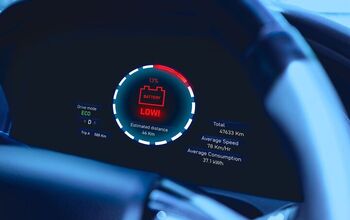
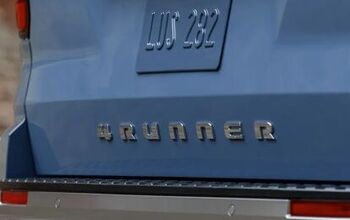




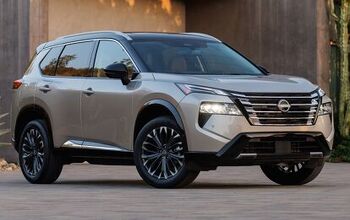
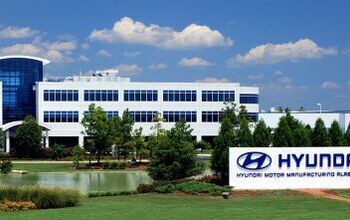


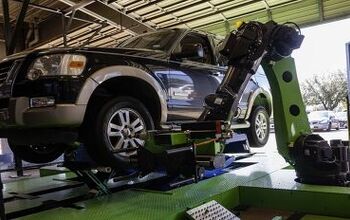

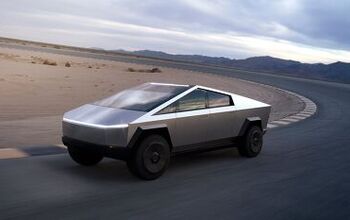



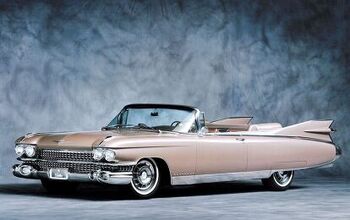

Comments
Join the conversation
"Re: labor cost - also keep in mind that UAW shops also have a MUCH larger proportion of “overhead” to “direct” labor. Overhead meaning skilled trades/maintenance, shipping/receiving/material handling, etc. This pushes average compensation up. The guys that worked for me made about $33/hour base wage as skilled trades men. We also paid guys $25/hour to cut the grass and empty garbage cans and swish some blue stuff in the urinals every night. What a joke." And just how much per hour did you make and what were your benefits? How much did the one make that was directing people swishing blue stuff in the urinals and cutting the grass? Yes a lot of overhead...
"That $1500 is a little modest: “…in a report prepared by the Detroit consulting firm Harbour-Felax, first released back in October and updated for Fortune… …A big reason is the cost of labor. As analyzed by Harbour-Felax, labor costs the Detroit Three substantially more per vehicle than it does the Japanese. …Health care is the biggest chunk. GM (Charts), for instance spends $1,635 per vehicle on health care for active and retired workers in the U.S. Toyota (Charts) pays nothing for retired workers - it has very few - and only $215 for active ones. Other labor costs add to the bill. Contract issues like work rules, line relief and holiday pay amount to $630 per vehicle - costs that the Japanese don’t have. And paying UAW members for not working when plants are shut costs another $350 per vehicle. …the exchange rate is another uncontrollable factor that plays into the hands of the import brands. When the yen got cheaper in 2005, Harbour-Felax figures it was worth $1,054 per vehicle to Japanese manufacturers” Of course managment deserves blame (mostly, for ever signing those labor contracts) but I still haven’t read anything here or anywhere that justifies the compensation UAW members receive. Jobs bank? Explain that to someone who’s never heard of it and they’ll think you’re joking." Jobs Bank: I would simply tell them it is a way for the UAW to help keep jobs in the USA. Is it not a fact that the companies like to send operations overseas or to Mexico and South America?